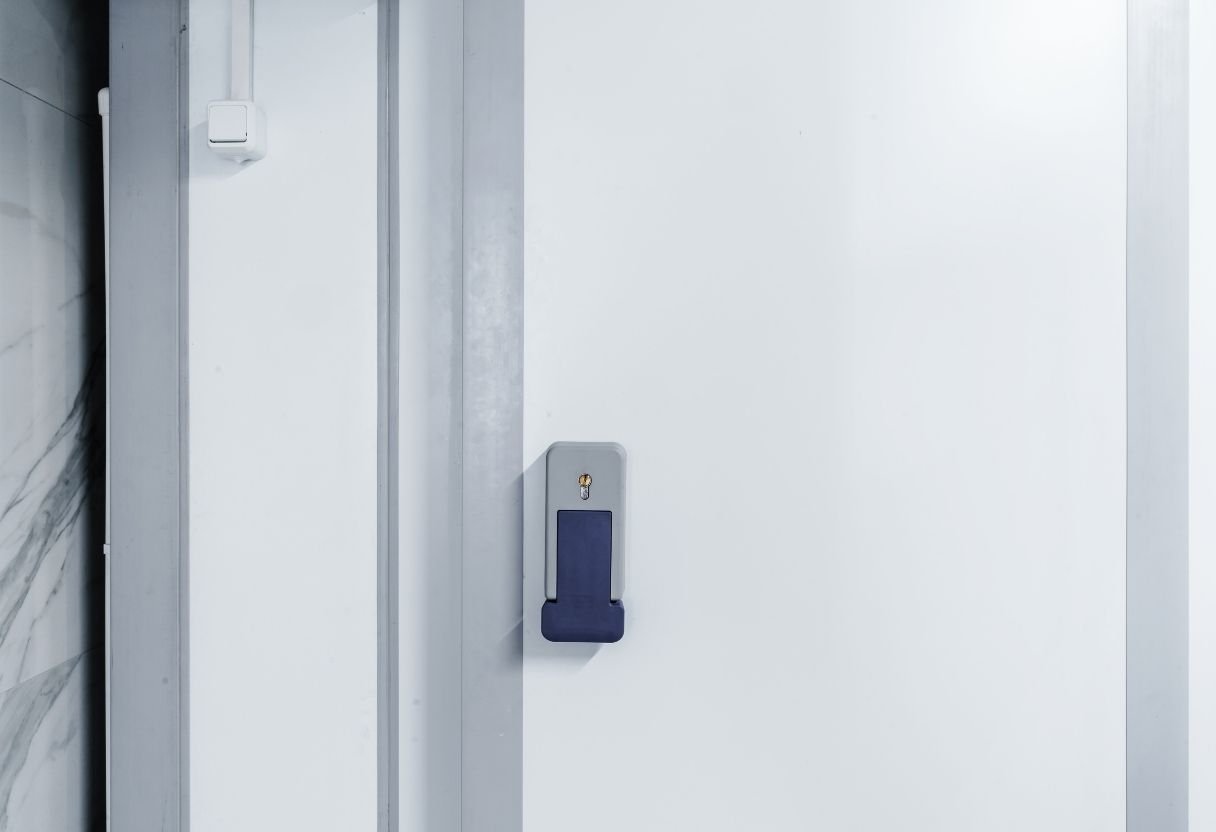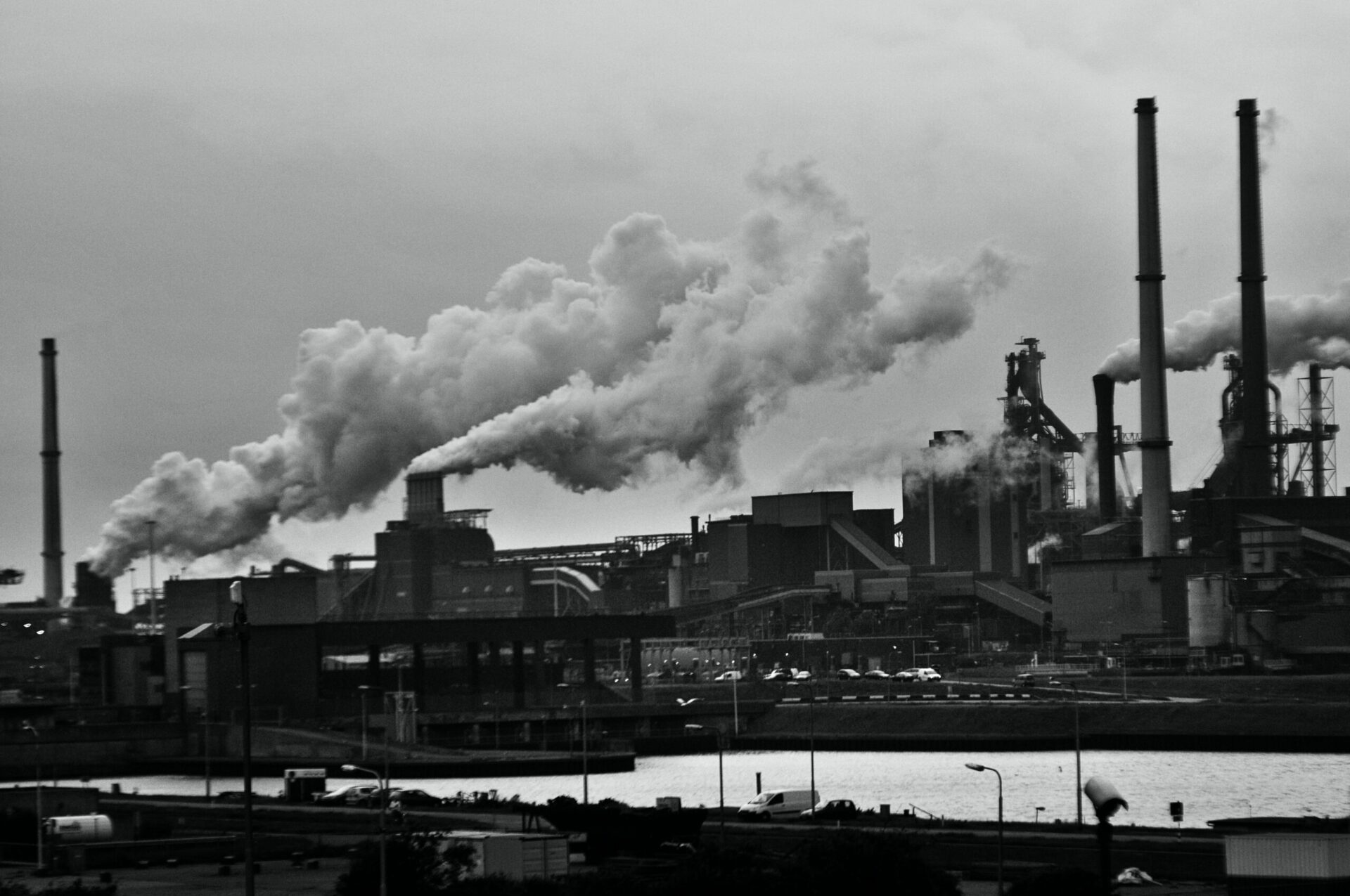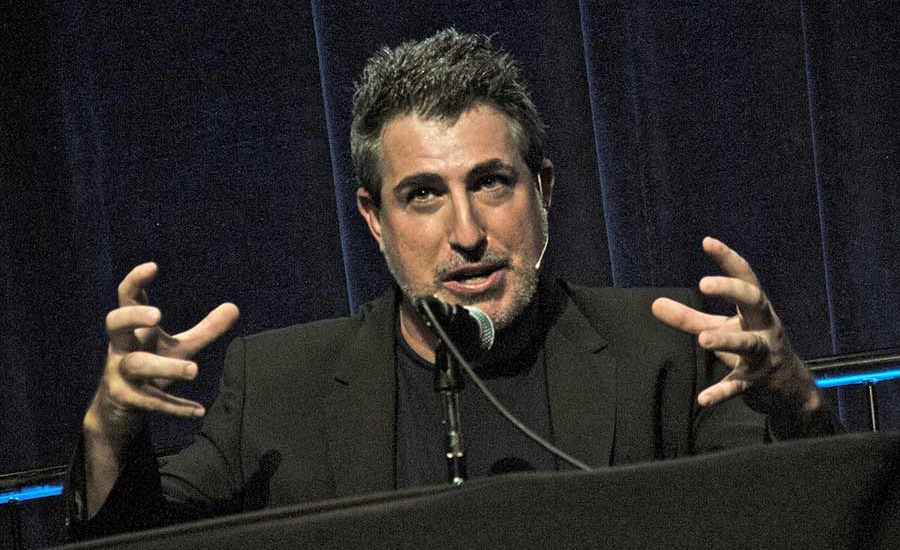Refrigerant Leaks Can Impede a Sustainable Planet

Refrigerant poisoning causes chronic health issues and untimely deaths. Beyond that, the by-products of this leakage range from increased energy usage (and higher electricity bills) to potentially irreparable harm to the environment. During the 20th century, new regulations have restored safe living conditions and fostered a booming economy. However, in the digital age, we face a global environmental crisis that we cannot overcome through regulations alone. We need big ideas to transform the modern-day cold chain and ensure a future protected from the ubiquitous ecological degradation caused by today's harmful refrigerant leaks.
Our CEO shared his thoughts on this as well.
Old refrigerators vs. New refrigerators
In 1952, London suffered a week of dense smog due to the city’s heavy, unregulated industrial practices. A combination of sulfur dioxide, carbon dioxide, and smoke particles hung in the air, suffocating as many as 12,000 residents. Severe pollution events in London were all too common, but the smog of 1952 made it impossible for city leaders to continue to deny the human cost of the pollution. As the damage caused by heavy smog became harder and harder to ignore, the government finally enacted the Clean Air Act of 1956. Coal plants adapted and discovered better methods to power the city.
We do not see pollution events on the same scale as now, yet even today, air quality crimes endanger our existence through accumulated greenhouse gases in our atmosphere. Though invisible to the eye, HFC, a powerful climate-warming cooling chemical, contributes to the climate crisis through refrigerator leaks. Leaky refrigerators are more challenging to detect than the smog sources of the 1950s but equally as detrimental.
Some old refrigerators still use refrigerator freon, a halogen gas, as part of their refrigeration system. The freon runs in a closed system through the condenser, evaporator, compressor, and thermostatic expansion valve. A gas leak in any of these components can spell real trouble, not just for any food items being kept cold but also for the appliance itself and the health of anyone using it.
In contrast, modern refrigerators use sealed systems incorporating compressors and other components specifically designed for use with different refrigerants that are less harmful to the ozone layer.
These same advancements also occur in air conditioning and other cooling systems. Still, while updating home appliances and HVAC systems will help, the most considerable potential to reduce environmental impact lies within the commercial industry - and to improve cold chain operations, we need revolutionary ideas that comprehensively prevent leaks.
Common causes and solutions to refrigerant leaks
The most common causes of refrigerant leaks include puncturing, usually from DIY repair attempts or when scraping ice during defrosting, and the erosion of the metal piping due to formic acid or formaldehyde corrosion. The holes created can be invisible to visual inspection. However, you may be able to diagnose a freon leak by a musty smell or an oily substance in the bottom of your refrigerator or air conditioner.
Troubleshooting a refrigerant leak begins with confirming there is a leak. The simplest way is to spray a soapy water solution on the condenser and evaporator coils. If there is a leak, bubbles will start to form where the gas is escaping.
If you discover a leak in your equipment, it’s always best to call a professional for repairs. Attempting at-home maintenance can void your warranty, but more importantly - the gases can be hazardous. Freon is tasteless and odorless and can lead to headaches, nausea, skin and eye irritation, and coughing.
Leak Detection provides protection
Members of the cold chain are guilty of ignoring fridge leaking. Many managers think regularly topping off lost refrigerant is cheaper than repair service. However, leak detection technology in the cold chain industry allows managers to act by preemptively alerting them when a leak is likely to occur so they can seek timely maintenance or appliance repair before equipment breaks.
The Clean Air Act and leak detectors prevent deadly emissions before they happen, but the Clean Air Act’s mandatory compliance makes for universal adoption. In the past, while detection devices like Bacharach’s TruPointe already existed, managers had little incentive to invest in one. However, refrigerant detection devices can provide the crucial data managers need to meet these standards when coupled with more stringent government regulations.
Avoid freon leaks by avoiding freon
Natural refrigerants reduce the climate impacts from refrigerator leaks since they have a low-global warming potential. For decades, flammable gases scared off consumers, but with new precautionary systems, natural refrigerants are losing their taboo status and are even more efficient than current HFC refrigerants. As a result of stricter emissions regulations and a commitment to uphold the international Kigali Amendment, Europe now uses natural coolants like carbon dioxide and ammonia in place of the climate-negative HFC refrigerants. Despite weak Federal regulations, climate advocates urge legislators to outline the US’s adoption of natural refrigerants and follow Europe’s leadership. California leads the regulatory charge in the US, aggressively replacing HFCs with climate-friendly options.
Many companies also embrace the business benefits of natural refrigerants. ALDI, the German grocery chain with over 250 locations in the US, transitioned 238 of its stores to CO2-chilled refrigerators. The elite EPA GreenChill certification program celebrates ALDI’s bold climate action, which has the most GreenChill certifications of any supermarket company. The accreditation recognizes stores that meet specific requirements for the sustainable refrigerant type, emissions, and charge. If every supermarket reduced its carbon footprint to meet GreenChill criteria, the industry could avoid releasing 30 million tons of carbon dioxide equivalent yearly. That has the same yearly impact as taking 6.5 million cars – or 2% of all vehicles – off the road in the US. A combination of regulations and big ideas, like natural refrigerants and leak detection, will elevate the cold chain industry to perform better while reducing the current environmental costs.
The London smog crisis of 1952 catalyzed momentous industry and regulatory action because the adverse health effects were undeniable. Because refrigerant leaks are invisible, the dire consequences of refrigerant emissions fly under the radar but still pose a significant risk to human health long-term. The rise of refrigerant leak detection and natural refrigerants guided by the policy will produce a better, safer, and more efficient cold chain industry. While there may not be a precise catalyzing moment in this revolution, it is time to transform the cold chain industry to ensure sustainable development for all nations.

GlacierGrid can help detect signs of refrigerant leaks
A high-quality temperature and humidity monitor can not only help you save on energy costs, reduce spoilage, and extend the life of your equipment, but it can also alert you to fluctuations in temperature and humidity, which are early signs of refrigerant leaks.
For more information on how GlacierGrid can help your business operate more efficiently and sustainably, request a demo with a GlacierGrid representative.








